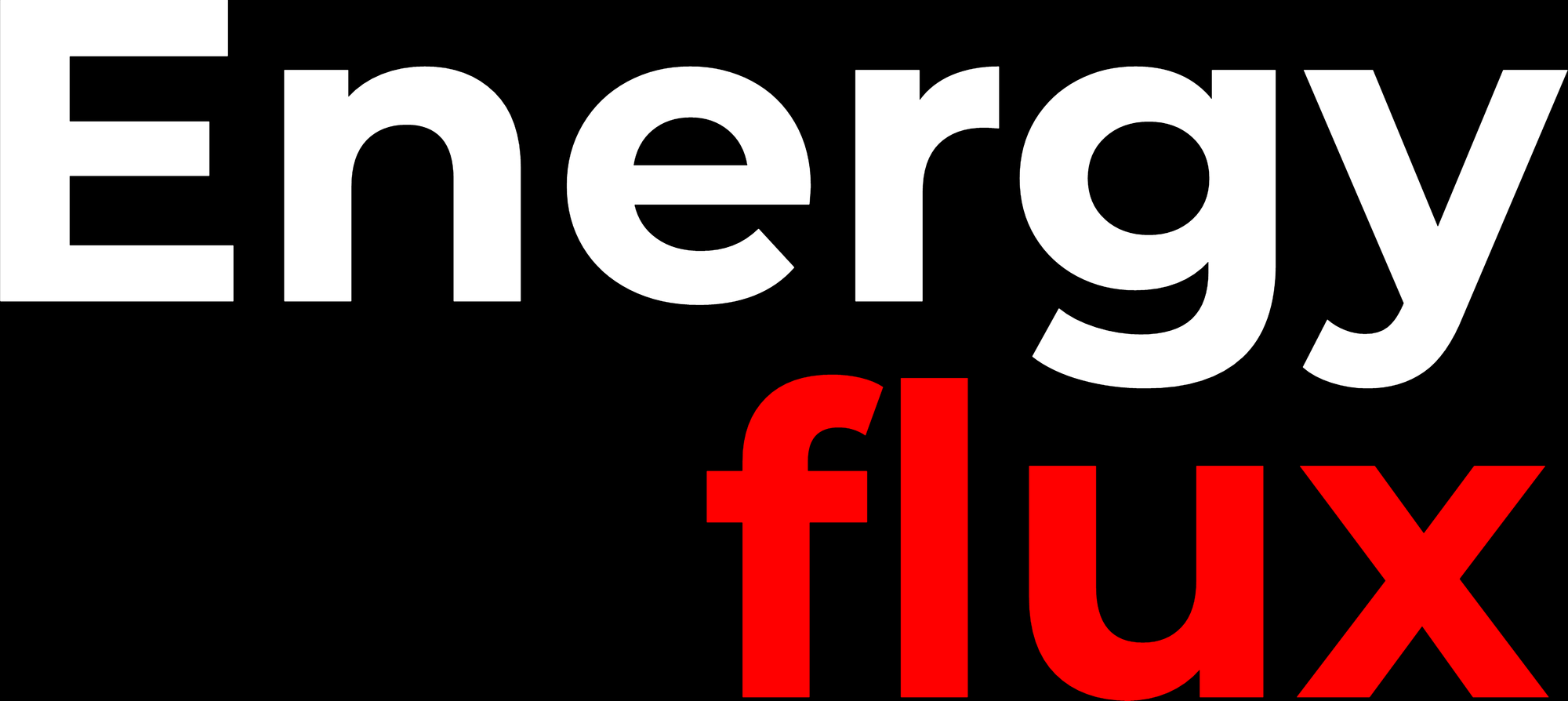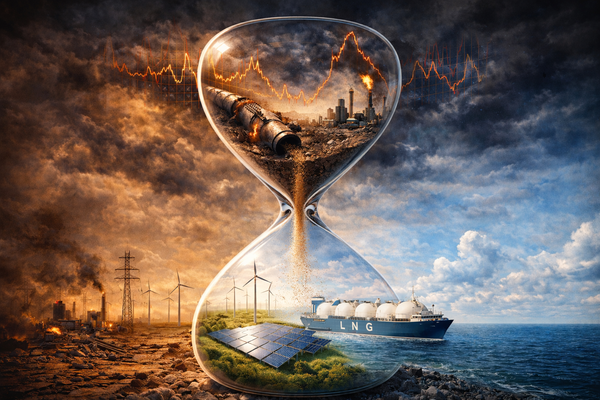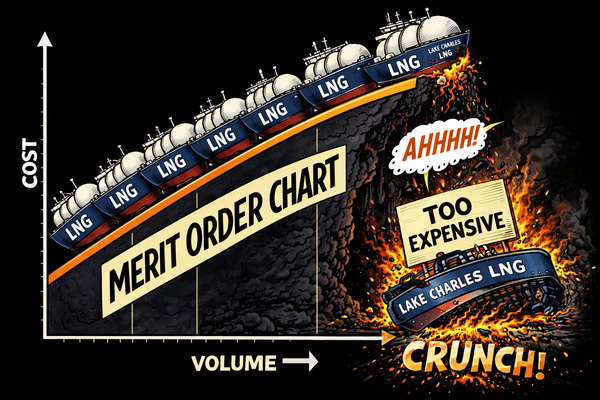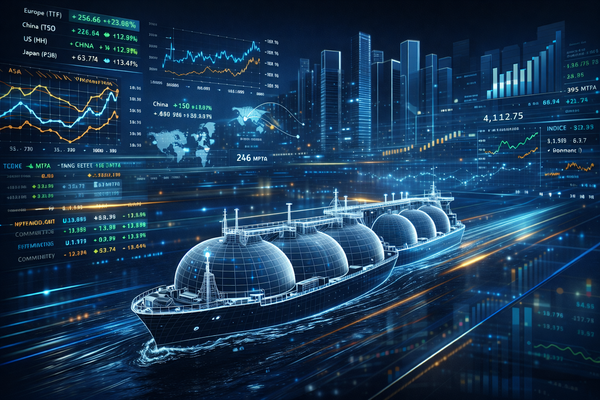Big Oil’s painful offshore wind pivot
DEEP-DIVE: European oil majors throw caution to the wind by embracing razor-thin margins
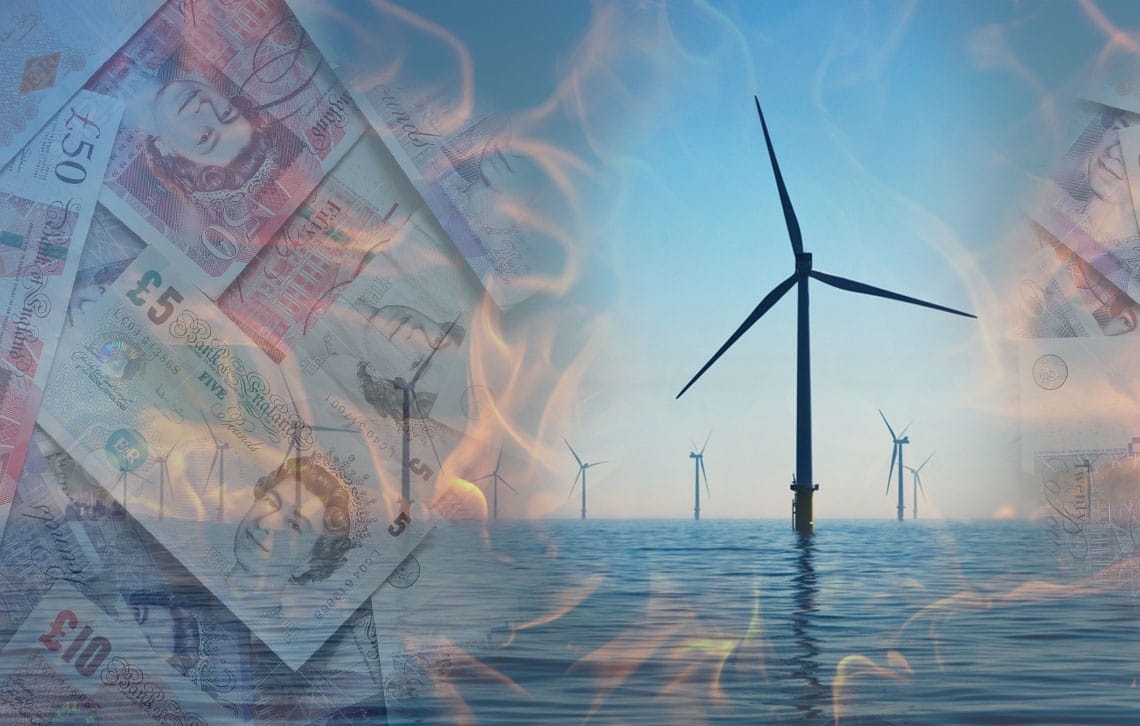

Member discussion: Big Oil’s painful offshore wind pivot
Read what members are saying. Subscribe to join the conversation.
